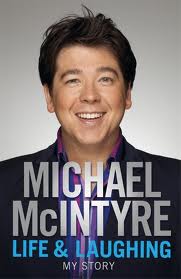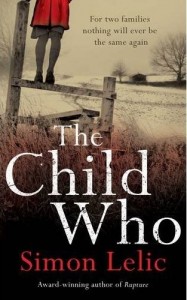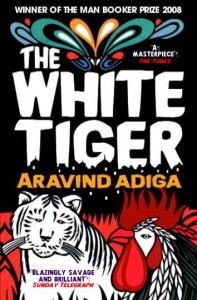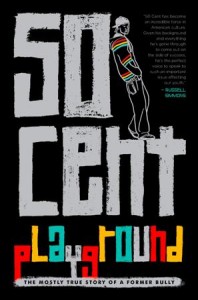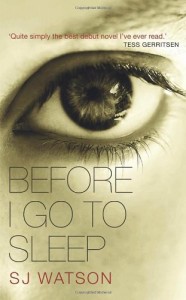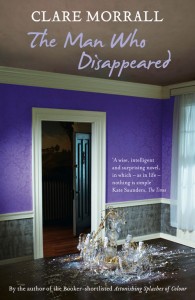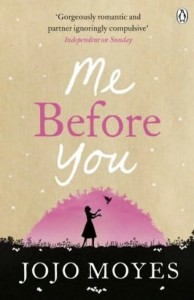I’d become interested in Michael McIntyre’s journey to stardom when I heard him on Desert Island Discs. (I love how that programme brings out the human and honest side of the celebrities featured on there. Possibly the best one was when Morrissey was on it.)
Anyway, Life and Laughing is ok. Some bits are quite interesting; I never knew that his family knew Kenny Everett or that he came from ‘a broken home’. Some bits are funny; I laughed out loud a couple of times. But other parts that are supposed to be funny just aren’t. I’ve come to the conclusion that Michael McIntrye is best when he does stand up. His comedy isn’t best showcased in the written word. That may say something about the level of sophistication of his comedy. But, although he’s a bit mainstream, I do like his stand up. He’s not as good as Jason Manford or as cool as Stewart Lee but he is undeniably funny.
But the book’s only ok. I mean, it’s not as good as How Not To Grow Up, which I read last year. I liked it because it was funny and also honest to the point that it made me not like Richard Herring. Oh and I almost forgot Shappi’s book, which wasn’t particularly funny but I enjoyed it a lot more than this one.
One thing I have to say is that I hate the cover of the book. It’s completely bland and seems to be designed to cash in on the fact that he’s a household face.
In summary, there’s nothing that is awful about this book but only proper McIntyre fans will truly love it. Otherwise, there are plenty of better books by comedians out there.
(33rd in 2012)
